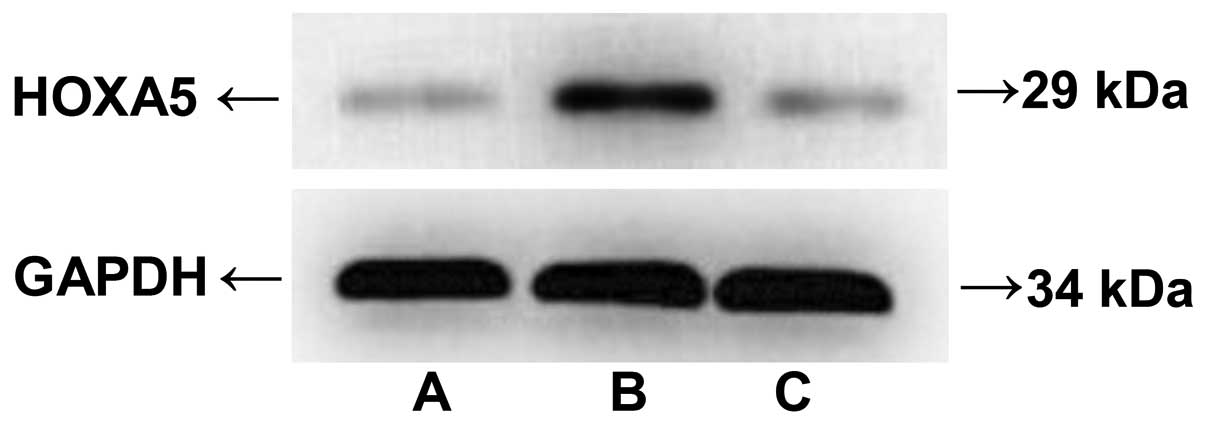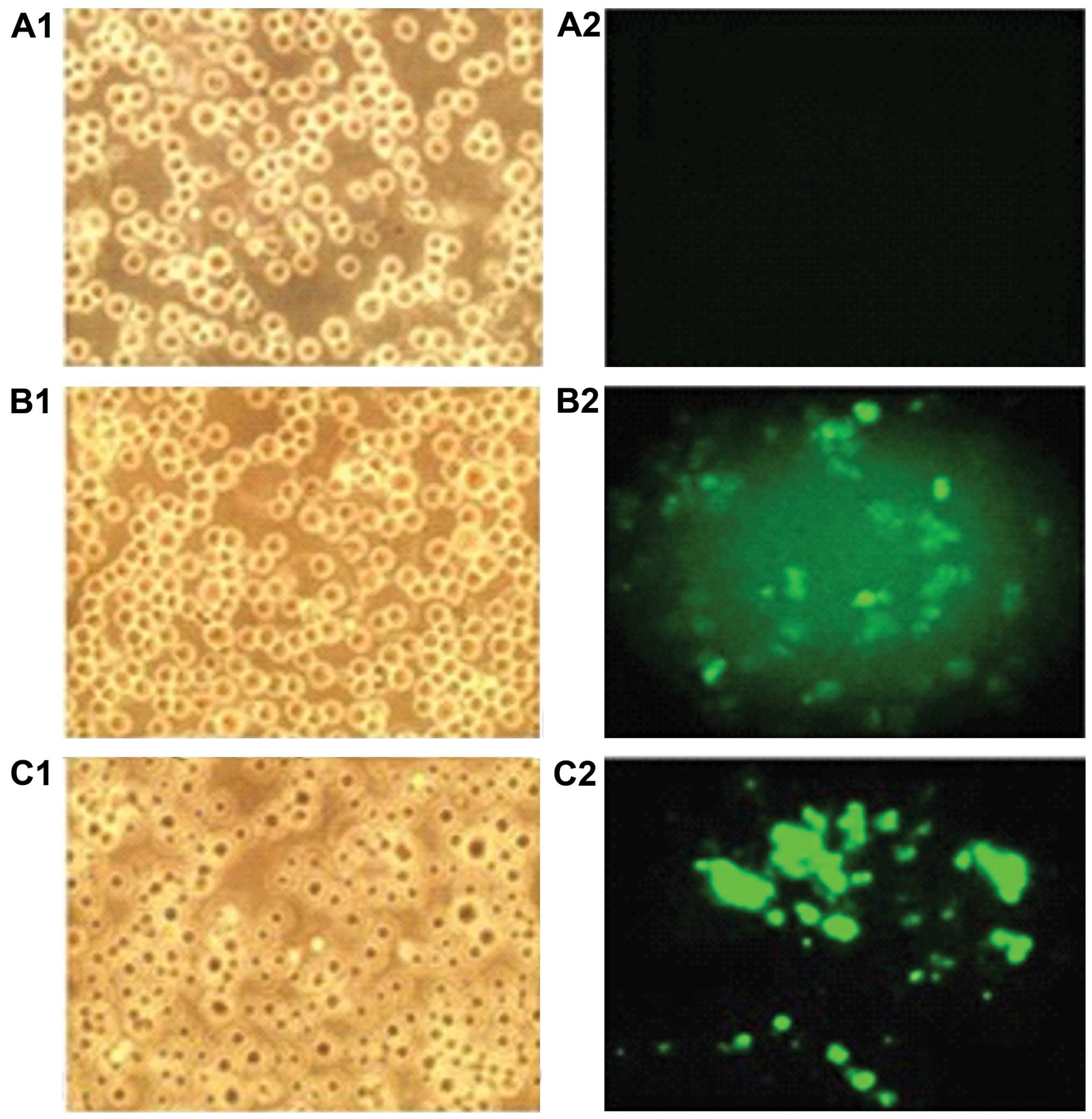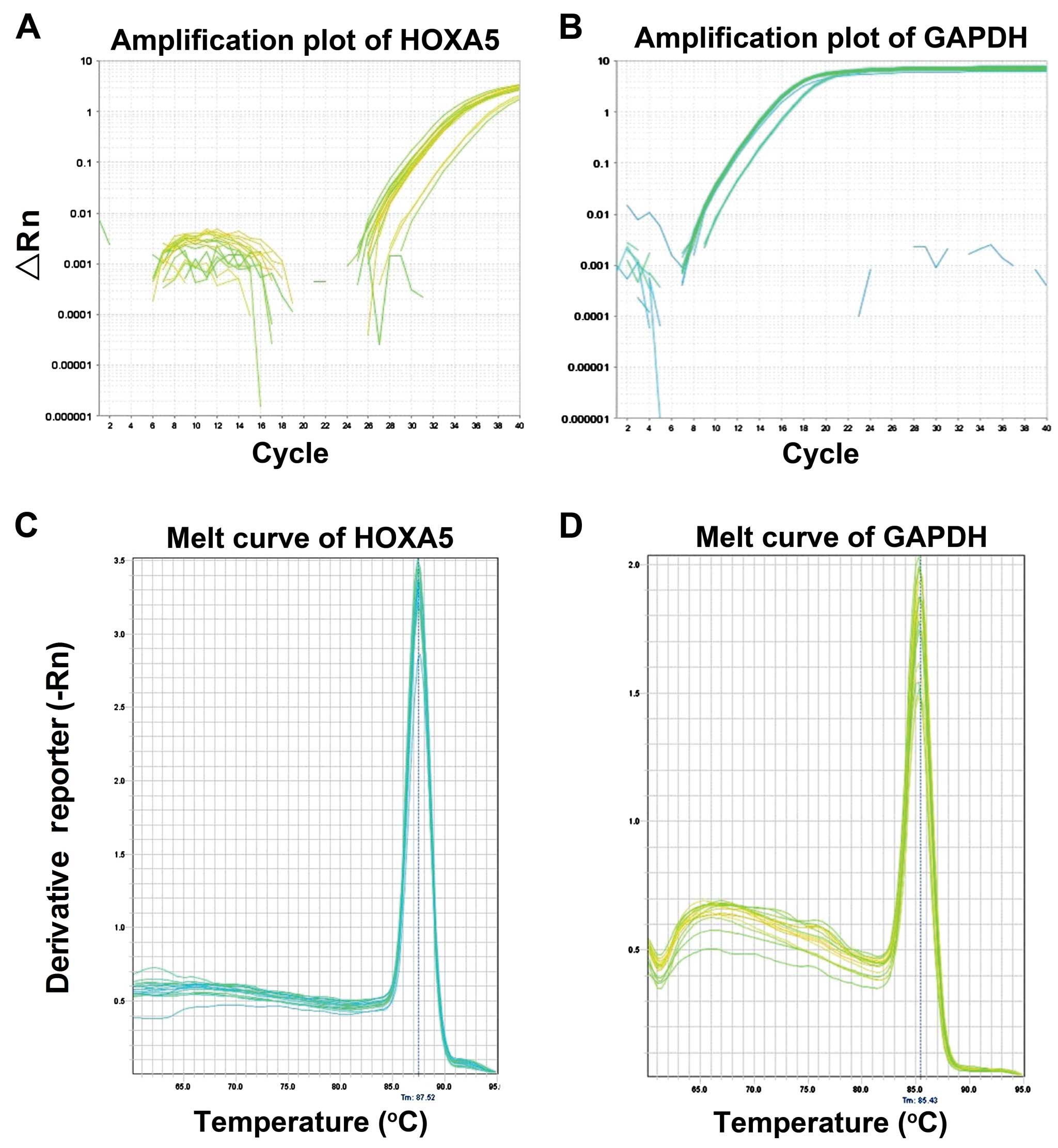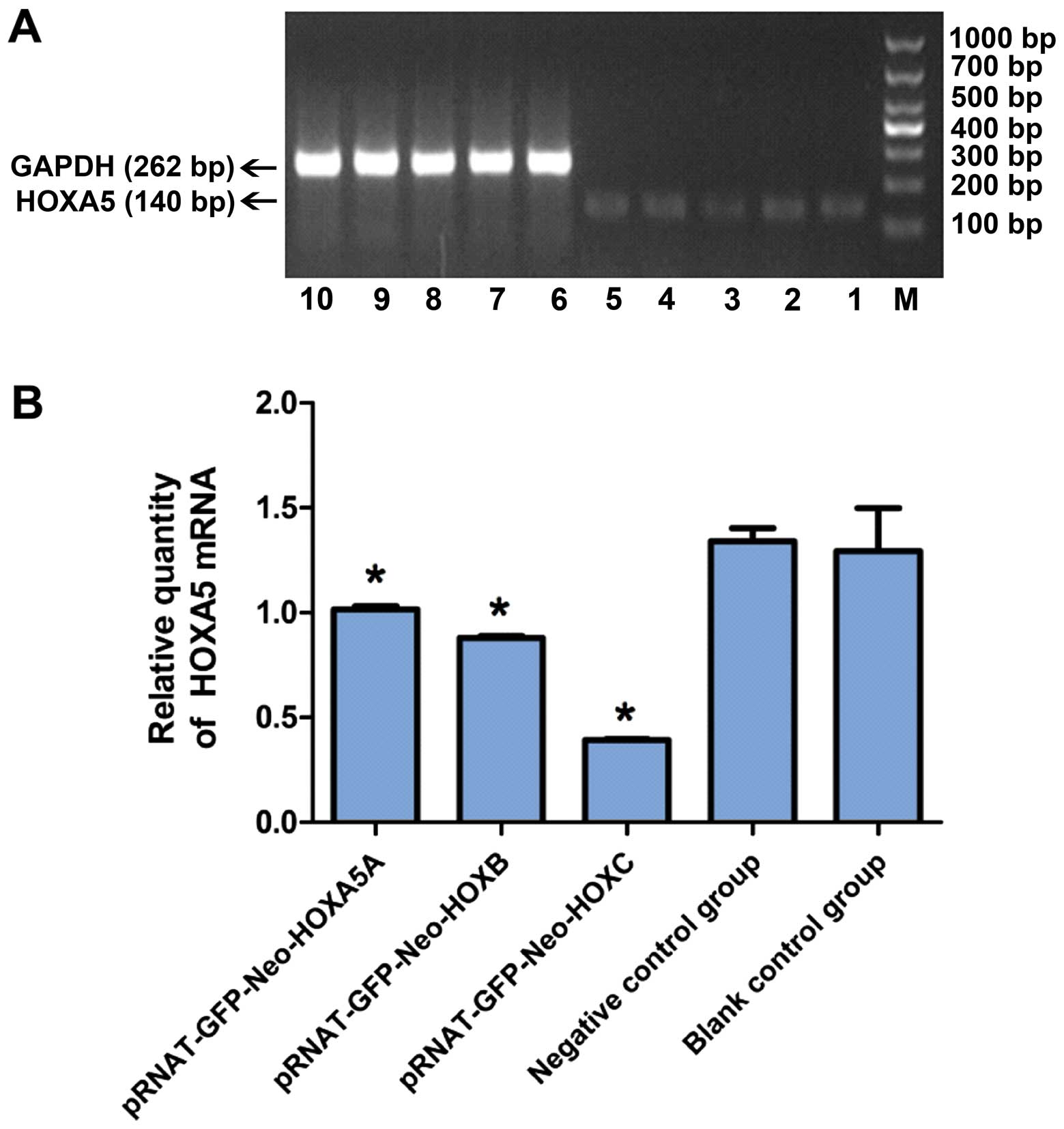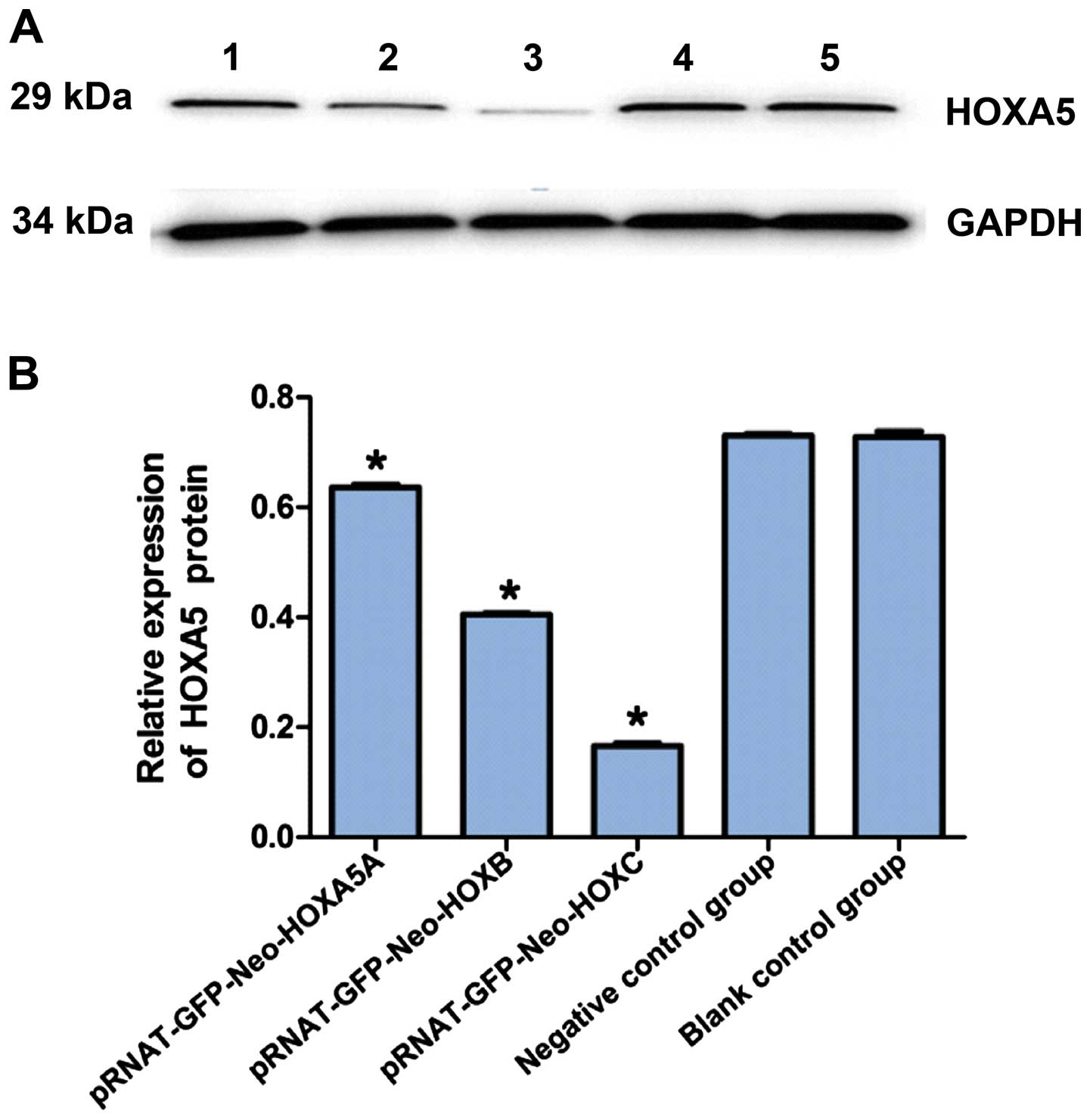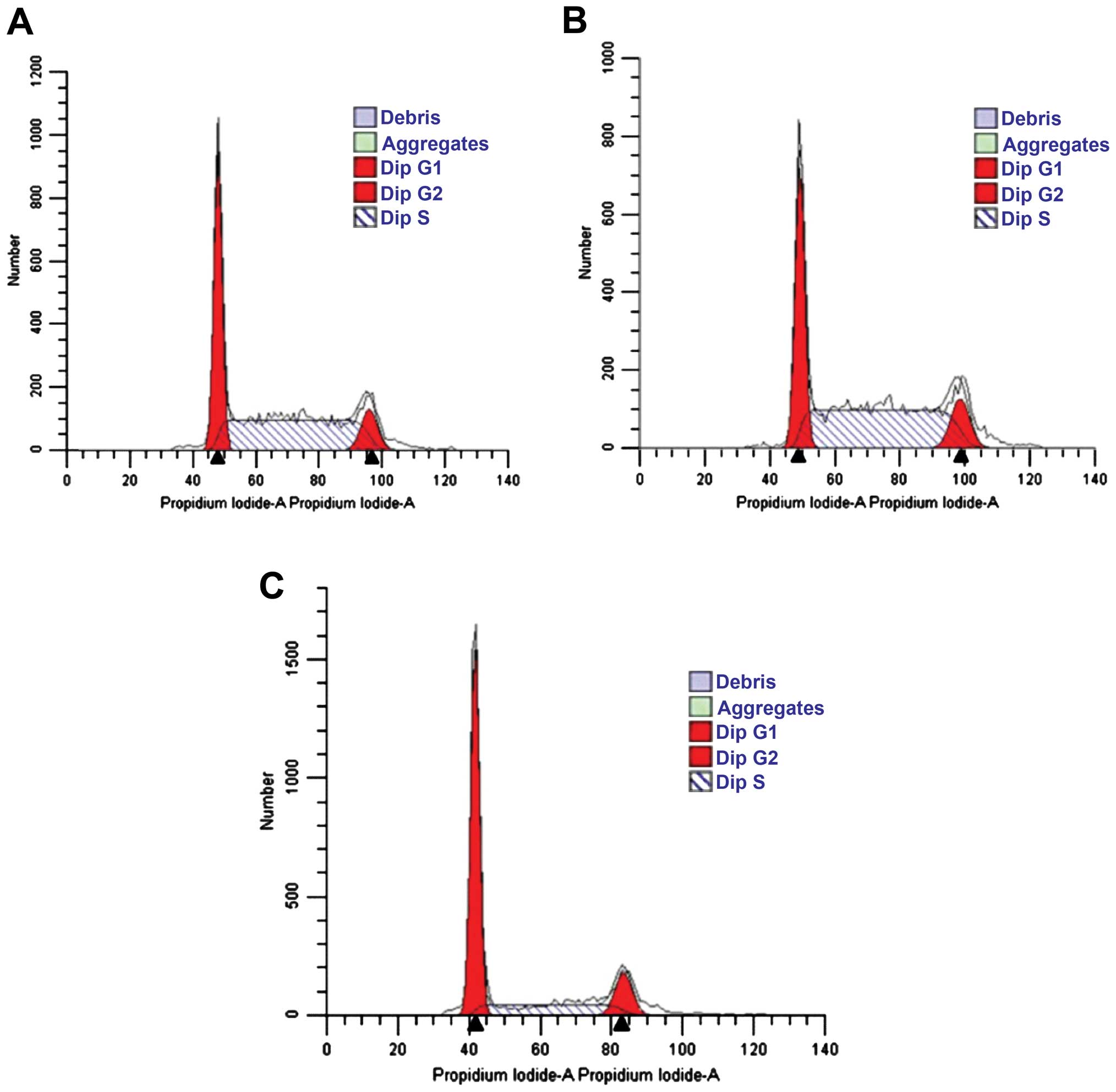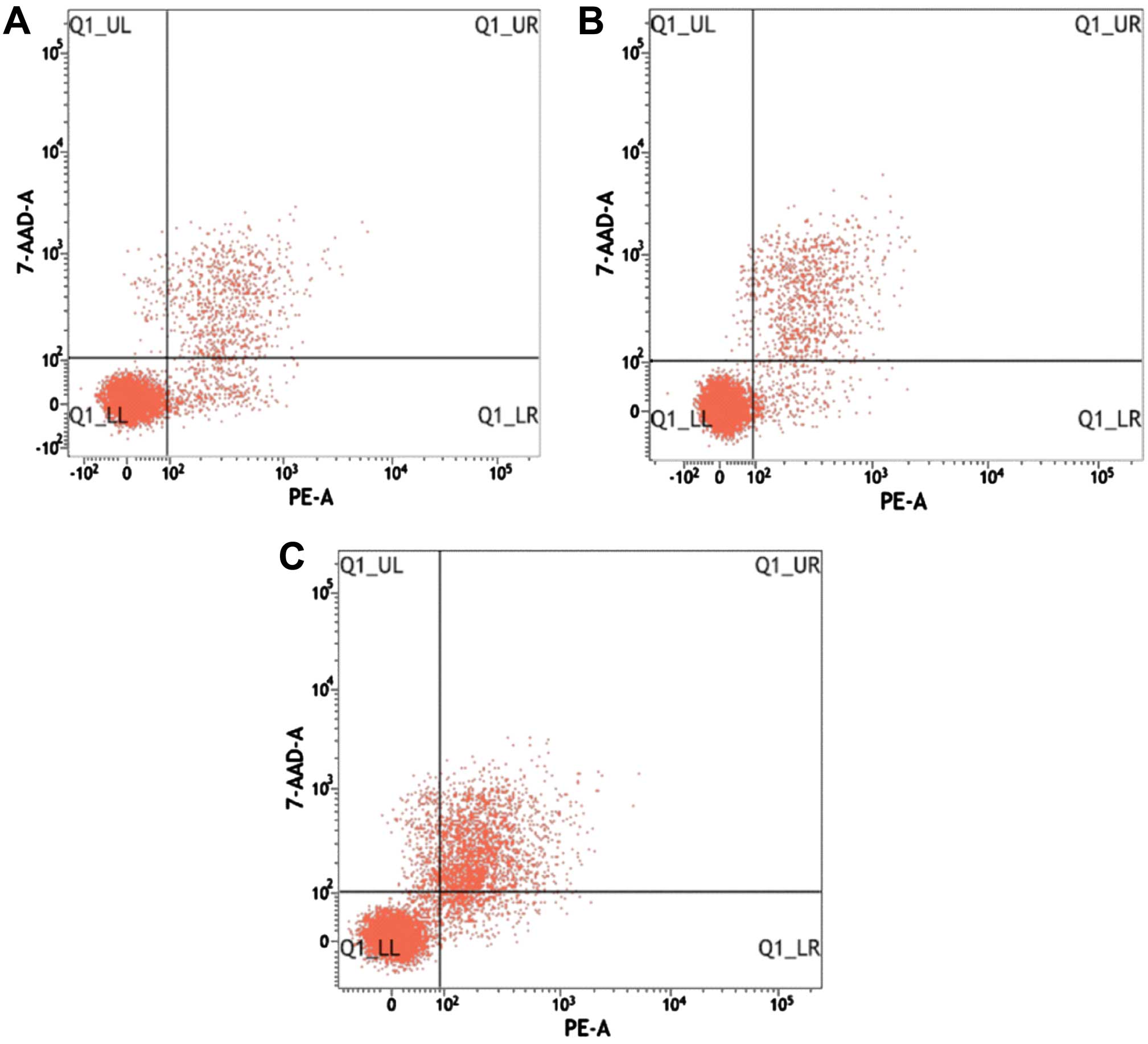|
1
|
Ceppi F, Antillon F, Pacheco C, Sullivan
CE, Lam CG, Howard SC and Conter V: Supportive medical care for
children with acute lymphoblastic leukemia in low- and
middle-income countries. Expert Rev Hematol. May 26–2015.Epub ahead
of print. View Article : Google Scholar
|
|
2
|
Lo-Coco F, Fouad TM and Ramadan SM: Acute
leukemia in women. Womens Health (Lond Engl). 6:239–249. 2010.
View Article : Google Scholar
|
|
3
|
Pui CH: Recent research advances in
childhood acute lymphoblastic leukemia. J Formos Med Assoc.
109:777–787. 2010. View Article : Google Scholar : PubMed/NCBI
|
|
4
|
Strathdee G, Holyoake TL, Sim A, Parker A,
Oscier DG, Melo JV, Meyer S, Eden T, Dickinson AM, Mountford JC,
Jorgensen HG, Soutar R and Brown R: Inactivation of HOXA genes by
hypermethylation in myeloid and lymphoid malignancy is frequent and
associated with poor prognosis. Clin Cancer Res. 13:5048–5055.
2007. View Article : Google Scholar : PubMed/NCBI
|
|
5
|
De Braekeleer E, Douet-Guilbert N, Basinko
A, Le Bris MJ, Morel F and De Braekeleer M: Hox gene dysregulation
in acute myeloid leukemia. Future Oncol. 10:475–495. 2014.
View Article : Google Scholar : PubMed/NCBI
|
|
6
|
Lu TT and Liu W: Studies on the
relationship between HOX genes and leukemia. J Pediatr Hematol
Oncol. 18:1421452013.
|
|
7
|
Delval S, Taminiau A, Lamy J, Lallemand C,
Gilles C, Noël A and Rezsohazy R: The Pbx interaction motif of
Hoxa1 is essential for its oncogenic activity. PLoS One.
6:e252472011. View Article : Google Scholar : PubMed/NCBI
|
|
8
|
Okada Y, Jiang Q, Lemieux M, Jeannotte L,
Su L and Zhang Y: Leukaemic transformation by CALMAF10 involves
upregulation of HOXA5 by hDOT1L. Nat Cell Biol. 8:1017–1024. 2006.
View Article : Google Scholar : PubMed/NCBI
|
|
9
|
Bach C, Buhl S, Mueller D, García-Cuéllar
MP, Maethner E and Slany RK: Leukemogenic transformation by HOXA
cluster genes. Blood. 115:2910–2918. 2010. View Article : Google Scholar : PubMed/NCBI
|
|
10
|
Boutter J, Huang Y, Marovca B, Vonderheit
A, Grotzer MA, Eckert C, Cario G, Wollscheid B, Horvath P,
Bornhauser BC and Bourquin JP: Image-based RNA interference
screening reveals an individual dependence of acute lymphoblastic
leukemia on stromal cysteine support. Oncotarget. 5:11501–11512.
2014. View Article : Google Scholar : PubMed/NCBI
|
|
11
|
Landry B, Valencia-Serna J, Gul-Uludag H,
Jiang X, Janowska-Wieczorek A, Brandwein J and Uludag H: Progress
in RNAi-mediated molecular therapy of acute and chromic myeloid
leukemia. Mol Ther Nucleic Acids. 4:e2402015. View Article : Google Scholar
|
|
12
|
Olivieri D, Sykora MM, Sachidanandam R,
Mechtler K and Brennecke J: An in vivo RNAi assay identifies major
genetic and cellular requirements for primary piRNA biogenesis in
Drosophila. EMBO J. 29:3301–3317. 2010. View Article : Google Scholar : PubMed/NCBI
|
|
13
|
China Medical Sciences Branch of
Hematology Group: Editorial Committee Member of Chinese Journal of
Pediatrics. Diagnosis and treatment for children with acute
lymphoblastic leukemia (Third Amendment Bill). Zhonghua Er Ke Za
Zhi. 44:392–395. 2006.In Chinese.
|
|
14
|
Qian X and Wen-jun L: Platelet changes in
acute leukemia. Cell Biochem Biophys. 67:1473–1479. 2013.
View Article : Google Scholar : PubMed/NCBI
|
|
15
|
Jiang Q and Liu WJ: Relationship between
the HOX gene family and the acute myeloid leukemia-review. Zhongguo
Shi Yan Xue Ye Xue Za Zhi. 21:1340–1344. 2013.In Chinese.
PubMed/NCBI
|
|
16
|
Wen-jun L, Qu-lian G, Hong-ying C, Yan Z
and Mei-Xian H: Studies on HOXB4 expression during differentiation
of human cytomegalovirus-infected hematopoietic stem cells into
lymphocyte and erythrocyte progenitor cells. Cell Biochem Biophys.
63:133–141. 2012. View Article : Google Scholar : PubMed/NCBI
|
|
17
|
Liu WJ, Huang MX, Guo QL, Chen JH and Shi
H: Effect of human cytomegalovirus infection on the expression of
Hoxb2 and Hoxb4 genes in the developmental process of cord blood
erythroid progenitors. Mol Med Rep. 4:1307–1311. 2011.PubMed/NCBI
|
|
18
|
Liu WJ1, Jiang NJ, Guo QL and Xu Q: ATRA
and As2O3 regulate differentiation of human
hematopoietic stem cells into granulocyte progenitor via alteration
of Hoxb8 expression. Eur Rev Med Pharmacol Sci. 19:1055–1062.
2015.
|
|
19
|
Shah N and Sukumar S: The Hox genes and
their roles in oncogenesis. Nat Rev Cancer. 10:361–371. 2010.
View Article : Google Scholar : PubMed/NCBI
|
|
20
|
Jiang N and Liu W: Role of HOX gene in
occurrence of leukemia and study progress. J Appl Clin Pediatr.
27:215–217. 2012.In Chinese.
|
|
21
|
Marschalek R: Mechanisms of leukemogenesis
by MLL fusion proteins. Br J Haematol. 152:141–154. 2011.
View Article : Google Scholar
|
|
22
|
Yang D, Zhang X, Dong Y, Liu X, Wang T,
Wang X, Geng Y, Fang S, Zheng Y, Chen X, et al: Enforced expression
of Hoxa5 in haematopoietic stem cells leads to aberrant
erythropoiesis in vivo. Cell Cycle. 14:612–620. 2015. View Article : Google Scholar : PubMed/NCBI
|
|
23
|
Kim SY, Hwang SH, Song EJ, Shin HJ, Jung
JS and Lee EY: Level of HOXA5 hypermethylation in acute myeloid
leukemia is associated with short-term outcome. Korean J Lab Med.
30:469–473. 2010. View Article : Google Scholar : PubMed/NCBI
|
|
24
|
Zhang ML, Nie FQ, Sun M, Xia R, Xie M, Lu
KH and Li W: HOXA5 indicates poor prognosis and suppresses cell
proliferation by regulating p21 expression in non small cell lung
cancer. Tumour Biol. 36:3521–3531. 2015. View Article : Google Scholar : PubMed/NCBI
|
|
25
|
Fujita Y, Kuwano K and Ochiya T:
Development of small RNA delivery systems for lung cancer therapy.
Int J Mol Sci. 16:5254–5270. 2015. View Article : Google Scholar : PubMed/NCBI
|
|
26
|
Teng Z and Liu W: The research progress of
RNA interference targeting leukemia HOXA genes. Chin J Pract
Pediatr. 30:396–399. 2015.
|
|
27
|
Moore MA, Dorn DC, Schuringa JJ, Chung KY
and Morrone G: Constitutive activation of Flt3 and STAT5A enhances
self-renewal and alters differentiation of hematopoietic stem
cells. Exp Hematol. 35(Suppl 1): 105–116. 2007. View Article : Google Scholar : PubMed/NCBI
|
|
28
|
Liu XH, Lu KH, Wang KM, Sun M, Zhang EB,
Yang JS, Yin DD, Liu ZL, Zhou J, Liu ZJ, et al: MicroRNA-196a
promotes non-small cell lung cancer cell proliferation and invasion
through targeting HOXA5. BMC Cancer. 12:348–360. 2012. View Article : Google Scholar : PubMed/NCBI
|
|
29
|
Wang Y, Liu XR, Tan YF and Yin XC: Effects
of CXCR4 silence induced by RNA interference on cell cycle
distribution and apoptosis of Jurkat cells. Zhongguo Shi Yan Xue Ye
Xue Za Zhi. 18:625–628. 2010.In Chinese. PubMed/NCBI
|
|
30
|
Crnkovic-Mertens I, Hoppe-Seyler F and
Butz K: Induction of apoptosis in tumor cells by siRNA-mediated
silencing of the livin/ML-IAP/KIAP gene. Oncogene. 22:8330–8336.
2003. View Article : Google Scholar : PubMed/NCBI
|
|
31
|
Wu H, Lin H, Zhu Y, Gu C, Ye Z and Zhang
M: Establishment of Jurkat Cell Lines with Knockdown of BIRC7 Gene.
J Sun Yat-Sen Univ. 29:139–143. 2008.In Chinese.
|
|
32
|
Zhang YJ, Jia XH, Li JC and Xu YH: Effect
of HOXA10 gene silenced by shRNA on proliferation and apoptosis of
U937 cell line. Zhongguo Dang Dai Er Ke Za Zhi. 14:785–791. 2012.In
Chinese. PubMed/NCBI
|
|
33
|
Fan W, Jia X, Li J, Tang S and Zhu S:
Effects of RNA interference and low dose cytarabine on
proliferation and apoptosis of K562 cells. J Appl Clin Pediatr.
27:1177–1180. 2012.
|
|
34
|
Chen H, Chung S and Sukumar S:
HOXA5-induced apoptosis in breast cancer cells is mediated by
caspases 2 and 8. Mol Cell Biol. 24:924–935. 2004. View Article : Google Scholar : PubMed/NCBI
|
















